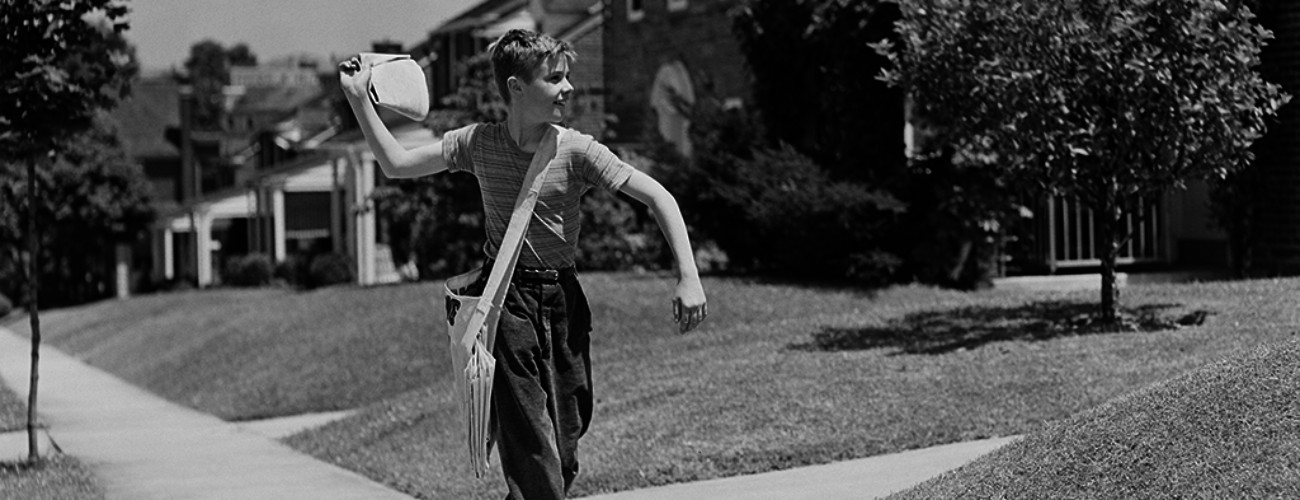Sign up for The Media Today, CJR’s daily newsletter.
As the citizens of New Orleans suffered the devastation wrought by Hurricane Katrina in 2005, two images from the storm’s aftermath drew widespread attention and criticism. Both showed people wading through chest-deep water clutching soda and other goods, but one featured a young black man, the other a white couple. The Associated Press caption accompanying the first image described the man as “looting,” while the second, from Getty Images, labeled the couple as “finding” their goods.
Remember this after Katrina? The difference between "looting" and "finding" is often black and white pic.twitter.com/nZoaP0KJ2l
— Astead (@AsteadWH) August 29, 2017
The conversations sparked by those photos raised familiar questions about race-based descriptions and the choices reporters make in labeling the actions of people in a disaster. Both organizations stood by their word choices, because the photographers who shot the images cited additional observations that they claimed justified the decisions.
ICYMI: Headlines editors probably wish they could take back
Twelve years later, with Texas deluged by flooding from Harvey, reporters find themselves in a similar position. On Tuesday, ABC News’s Tom Llamas tweeted that he had witnessed “looting” at a supermarket in Houston, and that he had informed police. After sharp criticism from Twitter users, Llamas deleted and attempted to clarify his earlier message.
Let me clear this up–we were w/police who had discovered a dead body & mentioned we saw ppl w/faces covered going into a supermarket nearby pic.twitter.com/bfM5WCCO1e
— Tom Llamas (@LlamasNBC) August 29, 2017
The narrative that looting and other lawless behaviors run rampant in the midst of a humanitarian crisis is a pernicious one. Though incidents of theft and crime occurred during events like Katrina and Superstorm Sandy, widespread myths about roving bands of murderous criminals in New Orleans fueled a perception unsupported by evidence that still persists today. A similar storyline has played out on a smaller scale in Houston, where unconfirmed reports have people shooting at the boats of civilian rescuers. None of those claims could be verified. In the context of a situation that has already resulted in at least 37 deaths, reporters should have better things to do than directing police toward people just trying to survive and feeding a narrative that encourages panic.
As to another act of reporting that drew criticism on Tuesday, I have more sympathy. CNN’s Rosa Flores was speaking with residents in a Houston shelter when a woman she was interviewing, understandably distraught in the midst of a disaster, unloaded on the reporter. “Y’all sitting here, y’all trying to interview people during their worst times. Like, that’s not the smartest thing to do,” the woman, identified only as Danielle, said.
Danielle’s response was honest and justified. So, too, was Flores’s interest in her story. Reporting on disasters is messy, awkward, and often invasive. Journalists obviously need to take precautions to not offend, to gain permission from interviewees, and to act with decency, but on-the-ground reporting is part of what’s driving attention and action in response to Harvey’s devastation. Despite criticism from some, Flores was doing her job, however uncomfortable it might be.
Below, more on these issues.
- On disaster reporting: The Washington Post’s Paul Farhi has a longer, more insightful meditation on both of these situations.
- What’s in a name?: For the LA Times, Colleen Shalby looks at the charged discussion around the word “looting.”
- Harsh criticism: Splinter’s Katherine Krueger has a scalding take on Llamas’s decision to tweet about what he perceived as looting.
- Reporting is ugly: A couple of years ago, Deadspin’s Barry Petchesky wrote a great essay about the messy, necessary work that reporters do.
Other notable stories
- With help from an introspective superstar, ESPN’s Mina Kimes turns what could have been a run-of-the-mill cover story into one of the best magazine stories you’ll read this week.
- The New York Times published native advertising an editorial that drew criticism across the internet. Splinter’s Libby Watson has an excellent take-down of the paper’s decision.
- Washington Post White House reporter Ashley Parker is profiled by The Pennsylvania Gazette.
- Great obituary alert: The New York Times’s William Grimes writes about Jeannie Rousseau de Clarens, “an amateur spy who passed a wealth of information to the British about the development of the V-1 and V-2 rockets during World War II and survived stays in three concentration camps for her activities.”
- A Google critic at an influential DC think tank was let go after his team’s criticism of the tech giant drew the ire of Eric Schmidt, the executive chairman of Google’s parent company and a major funder of the New America Foundation, reports The New York Times’s Kenneth P. Vogel.
- CJR’s Meg Dalton speaks with Al Letson, host of the Reveal podcast, about his decision to intervene in a beating he witnessed while covering a rally in Berkeley last weekend. “All I saw was someone getting hurt, and I didn’t want him to die,” Letson says.
Has America ever needed a media defender more than now? Help us by joining CJR today.



